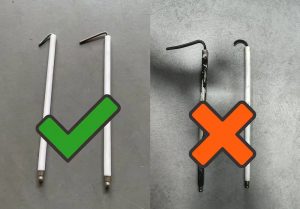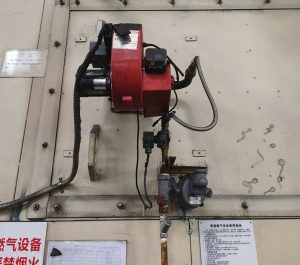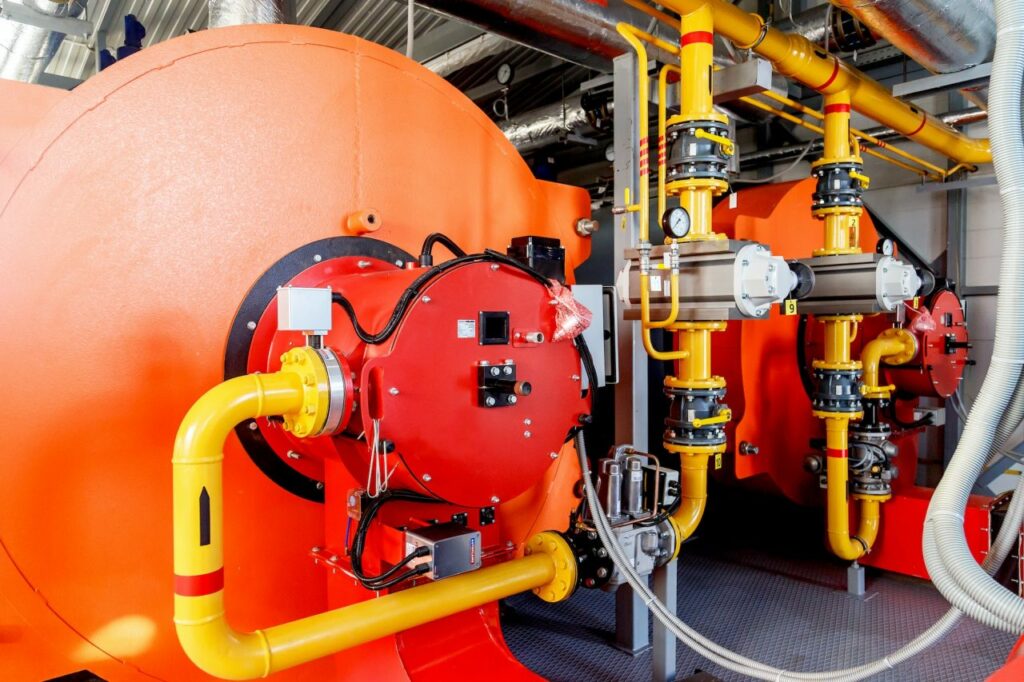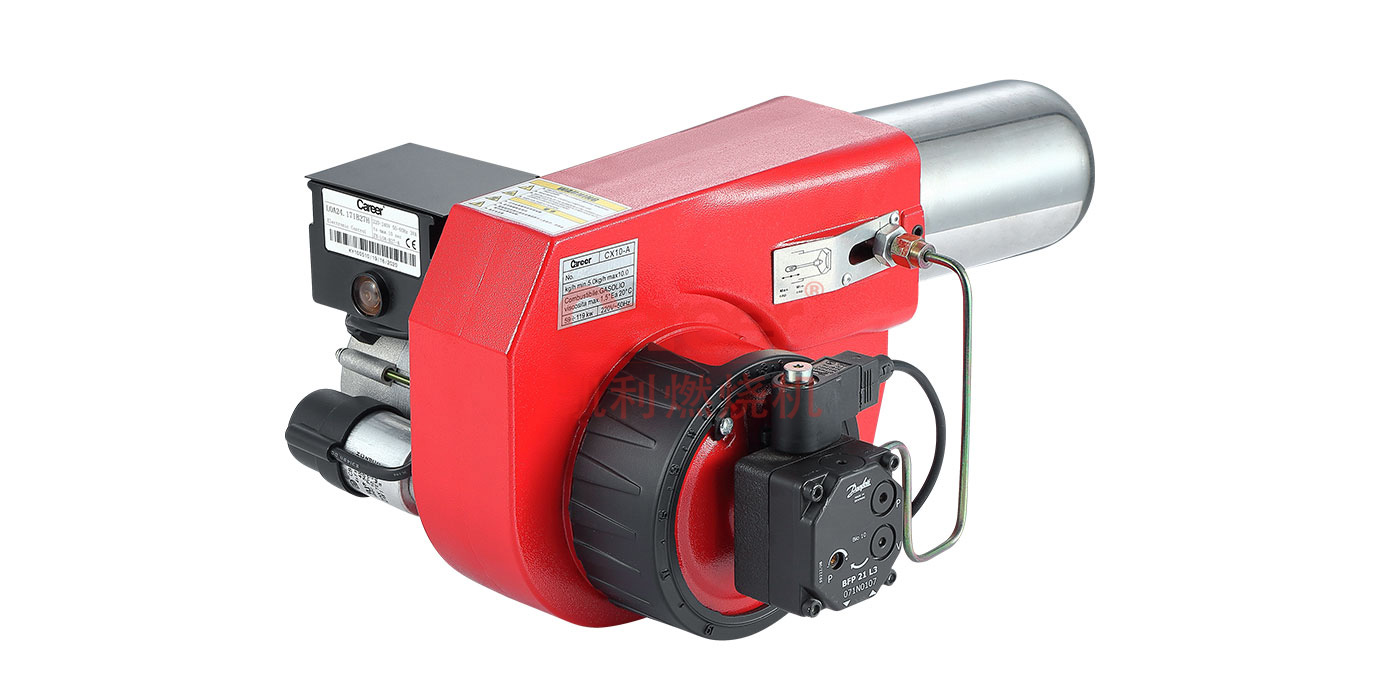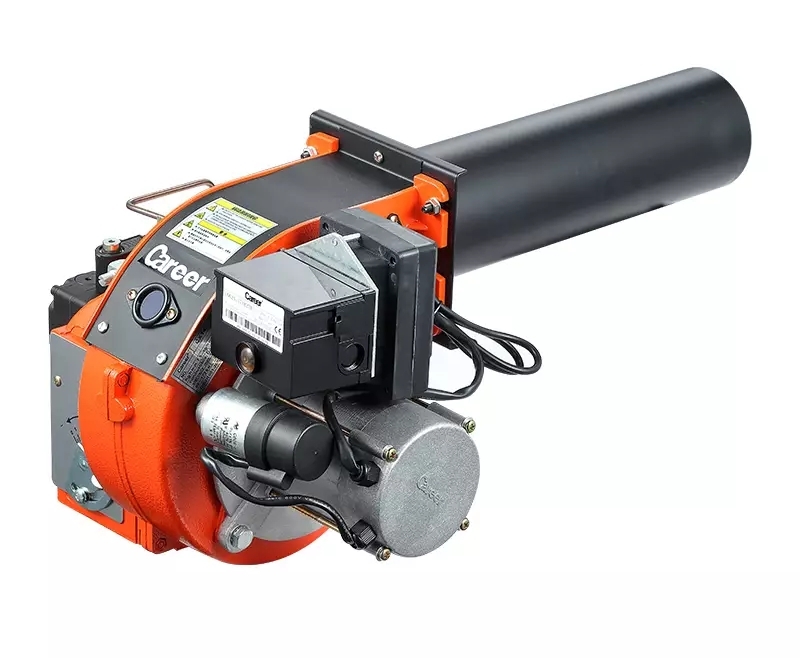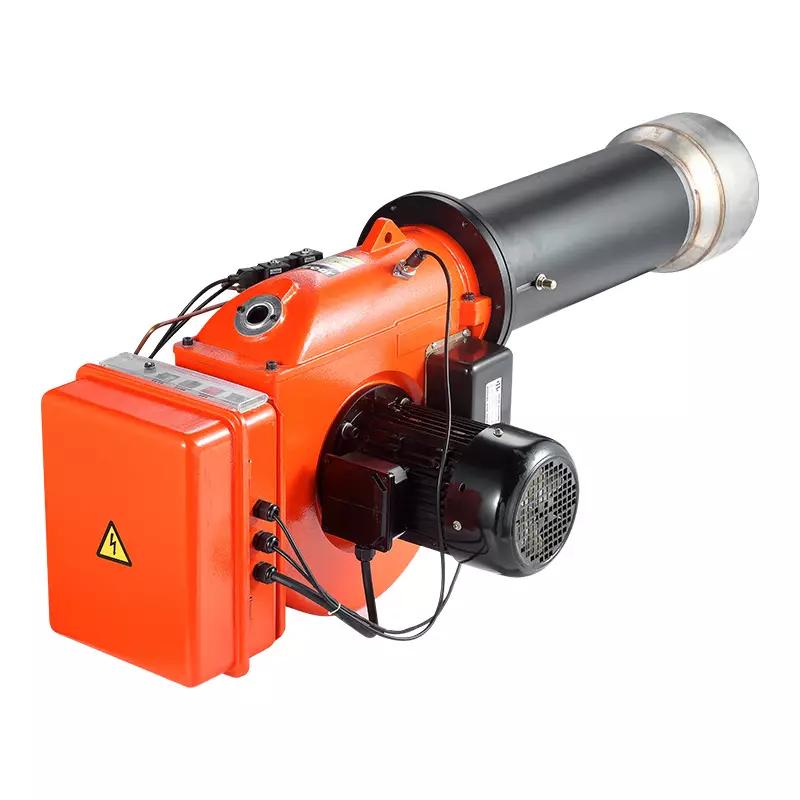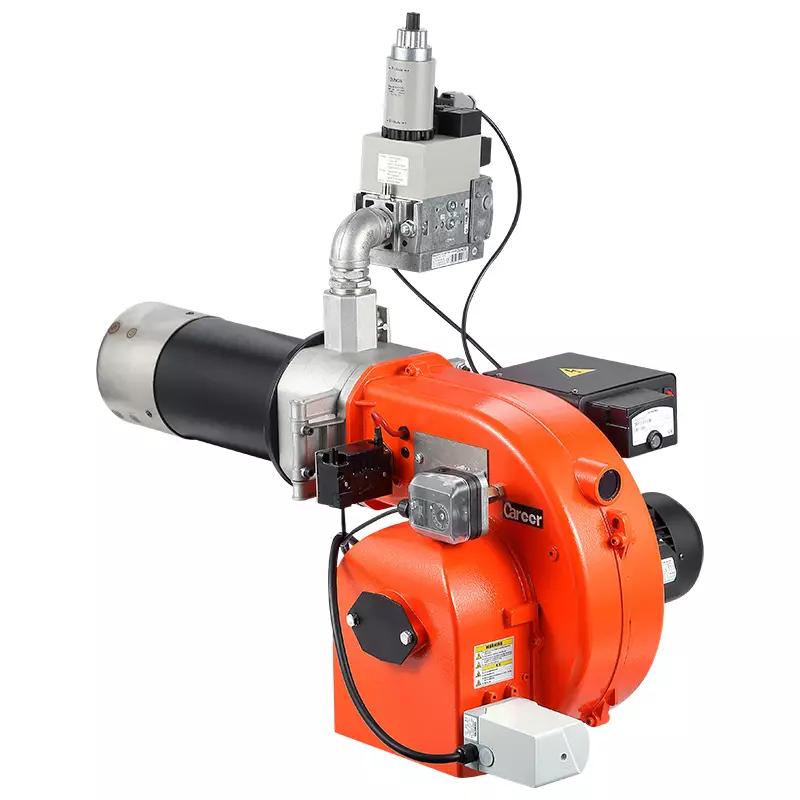一、External Inspection (Completed in 3 Minutes)
1️⃣ Burner Housing Surface
✔️ Check: Peeling coating/rust/discoloration
⚠️ Standard: No rust, intact coating
🔧 Tools: Visual inspection + flashlight
2️⃣ Pipe Connections
✔️ Check: Leaks/rust at flanges/threads
⚠️ Standard: Tight seals, no corrosion
🔧 Tools: Wipe with tissue paper
3️⃣ Exhaust Outlet
✔️ Check: Carbon buildup/acidic condensate on inner walls
⚠️ Standard: No sticky corrosive residue
🔧 Tools: Endoscope (optional)
二、Core Internal Inspection (Requires Shutdown)
🔥 Combustion Chamber Refractory Layer
✔️ Check: Cracks/spalling in refractory material
❗ Risk:Acidic gases accelerate erosion!
🔧 Method: Tap to listen for hollow sounds (indicates damage)
🌀 Heat Exchanger Fins
✔️ Check: Acid mist condensate/corrosion holes
🔧 Method: Clean with soft brush + compressed air
⚡ Electrodes & Igniter Plates
✔️ Check: Ceramic insulator cracks/metal oxidation
🔧 Tools: Multimeter to test insulation resistance
三、Electroplating Workshop-Specific Checks
⚠️ Acid/Alkali Gas Protection
✔️ Action: Test ambient air around equipment with pH test paper
🔌 Grounding Resistance Test
✔️ Standard: Grounding resistance ≤4Ω
四、Emergency Response
⛔Immediately Shut Down the Machine if the Following Issues are Detected:
→ Perforated heat exchanger fins
→ Large-area spalling in combustion chamber refractory layer
→ Electrode/ion rod insulation resistance <10MΩ
⏰ Pro Tip:Perform these checks monthly to extend burner lifespan by 2-3 years and slash maintenance costs!


